As pet parents, we all want our furry friends to live their happiest and healthiest lives. And just like for us humans, a big part of that starts with food. With so many dog food options out there, from kibble to fresh-prepared meals, it can feel overwhelming to pick the perfect diet for your pup. Don’t worry—we’re here to help guide you through it!
Step 1: Understand Your Dog’s Nutritional Needs
Every dog is unique, and their nutritional needs can vary based on age, breed, size, and activity level. Puppies, for example, need more protein and calories for growth, while senior dogs may benefit from lower-calorie diets to avoid weight gain.
At Norgate Animal Hospital, we recommend starting with a complete and balanced dog food approved by the Association of American Feed Control Officials (AAFCO). Look for this certification on the packaging—it’s your assurance that the food meets your dog’s basic nutritional requirements.
Key nutrients to look for:
- Protein: Supports muscle development and repair. Look for named sources like chicken, beef, or salmon.
- Fats: Essential for energy and a shiny coat. Omega-3 and Omega-6 fatty acids are particularly important.
- Carbohydrates: Provide energy but should come from quality sources like sweet potatoes or brown rice.
- Vitamins and minerals: Ensure strong bones, healthy skin, and a robust immune system.
Step 2: Check the Ingredients List
Flip that bag over and take a good look at the ingredients list. The first few items should be quality, recognizable ingredients. Avoid foods with vague terms like “meat meal” or fillers like corn and wheat as primary ingredients.
Ingredients to prioritize:
- Real, whole proteins as the first ingredient (e.g., “deboned chicken” or “wild-caught salmon”).
- Whole grains (unless your dog has a grain sensitivity).
- Natural preservatives like mixed tocopherols (vitamin E).
Ingredients to avoid:
- Artificial colors, flavors, and preservatives.
- Excessive salt or sugar.
- By-products from unidentified sources.
Step 3: Factor in Special Dietary Needs
Does your dog have allergies, a sensitive stomach, or a medical condition like diabetes? If so, their diet may need some adjustments. For example:
- Food allergies: Look for limited-ingredient diets with a novel protein like duck or venison.
- Weight management: Opt for low-calorie formulas with higher fiber to help your dog feel full.
- Joint health: Diets enriched with glucosamine and chondroitin can support mobility.
Our veterinarians at Norgate Animal Hospital can help you choose the right therapeutic diet if your dog has specific health concerns.
Step 4: Decide Between Dry, Wet, or Fresh Food
The type of food you choose depends on your dog’s preferences and your lifestyle. Here’s a quick breakdown of the options:
- Dry food (kibble): Convenient, cost-effective, and helps with dental health.
- Wet food (canned): Higher moisture content, which can benefit dogs prone to dehydration.
- Fresh food: Nutrient-rich and minimally processed, but it requires refrigeration and is typically more expensive.
Step 5: Transitioning to a New Food
If you’re switching your dog to a new diet, take it slow. Abrupt changes can upset their stomach. Gradually mix the new food with their old food over 7-10 days, increasing the new food’s proportion each day.
When in Doubt, Ask Us!
If you’re ever unsure about what to feed your dog, we’re here to help. At Norgate Animal Hospital, we take the guesswork out of nutrition by tailoring recommendations to your dog’s unique needs. Whether you’re looking for general guidance or need help with a special diet, we’ve got you covered.
Your Best Friend Deserves the Best Food
The right diet can do wonders for your dog’s energy, coat, and overall health. So, let’s work together to find the perfect match for your pup’s bowl. After all, they’re not just pets—they’re family.
Contact us at Norgate Animal Hospital today to book a nutrition consultation. Let’s give your best friend the healthy, happy life they deserve!


